#technology
Text

Setting Sail to Travel Through Space: 5 Things to Know about our New Mission
Our Advanced Composite Solar Sail System will launch aboard Rocket Lab’s Electron rocket from the company’s Launch Complex 1 in Māhia, New Zealand no earlier than April 23, at 6 p.m. EDT. This mission will demonstrate the use of innovative materials and structures to deploy a next-generation solar sail from a CubeSat in low Earth orbit.
Here are five things to know about this upcoming mission:
1. Sailing on Sunshine
Solar sails use the pressure of sunlight for propulsion much like sailboats harness the wind, eliminating the need for rocket fuel after the spacecraft has launched. If all goes according to plan, this technology demonstration will help us test how the solar sail shape and design work in different orbits.

2. Small Package, Big Impact
The Advanced Composite Solar Sail System spacecraft is a CubeSat the size of a microwave, but when the package inside is fully unfurled, it will measure about 860 square feet (80 square meters) which is about the size of six parking spots. Once fully deployed, it will be the biggest, functional solar sail system – capable of controlled propulsion maneuvers – to be tested in space.

3. Second NASA Solar Sail in Space
If successful, the Advanced Composite Solar Sail System will be the second NASA solar sail to deploy in space, and not only will it be much larger, but this system will also test navigation capabilities to change the spacecraft’s orbit. This will help us gather data for future missions with even larger sails.
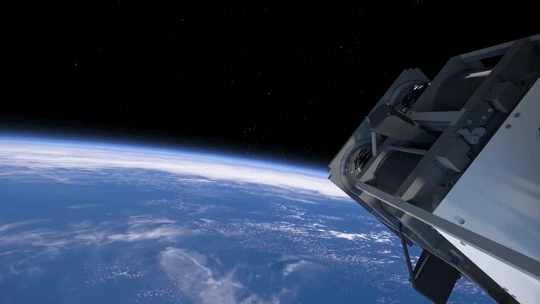
4. BOOM: Stronger, Lighter Booms
Just like a sailboat mast supports its cloth sails, a solar sail has support beams called booms that provide structure. The Advanced Composite Solar Sail System mission’s primary objective is to deploy a new type of boom. These booms are made from flexible polymer and carbon fiber materials that are stiffer and 75% lighter than previous boom designs. They can also be flattened and rolled like a tape measure. Two booms spanning the diagonal of the square (23 feet or about 7 meters in length) could be rolled up and fit into the palm of your hand!

5. It’s a bird...it’s a plane...it’s our solar sail!
About one to two months after launch, the Advanced Composite Solar Sail System spacecraft will deploy its booms and unfurl its solar sail. Because of its large size and reflective material, the spacecraft may be visible from Earth with the naked eye if the lighting conditions and orientation are just right!
To learn more about this mission that will inform future space travel and expand our understanding of our Sun and solar system, visit https://www.nasa.gov/mission/acs3/.
Make sure to follow us on Tumblr for your regular dose of space!
734 notes
·
View notes
Text


#art#colorful#color#controller#cybercore#cyber y2k#design#future#futuristic#futurism#gaming#kaybug#photography#rainbow#tech#technology#video games#y2kcore#y2kore#y2k aesthetic#y2k core#y2k cyber#y2k design#y2k futurism#y2k gaming#y2k#y2k nostalgia
313 notes
·
View notes
Text
Man, there is a huge bias in the way that hobby fibercrafters approach and think about textiles—and I say that as a hobby fibercrafter myself! See, weaving has a high barrier to entry relative to knitting, crochet, spinning—even embroidery or sewing, these days, as the sewing machine automated much of the tedium of the craft. All of those crafts require a lot less in terms of startup costs to the hobby crafter than the machinery of a loom does.
But... look, if you want to understand mass produced textiles or textiles in any historical context, you have to understand weaving. If you want to understand how most of the cloth that people wear is made, you have to understand weaving, because weaving is the oldest art for mass producing cloth that can then be turned into garments.
Spinning is also very important, of course. Spinning is how you get the thread that you can turn into cloth any number of ways. Historically speaking, though, the most common way that thread or yarn becomes cloth is inarguably weaving. More to the point, weaving is also a historical center of industry and labor organizing. Ironically enough for the argument about how no one asked a woman, the industrialization of weaving is actually an interesting early case example of men organizing to push women out of a newly profitable position.
Besides that, knitting and crocheting in particular are incredibly modern crafts. Most modern knitting as we would understand the craft is shaped by the inventions of Elizabeth Zimmerman, and even things like the circular knitting needle date back only to the past century. Historically speaking, the great innovation of knitting as a tool for fiber craft is the ability to construct garments for small, odd shapes that can stretch and grip: stockings, gloves, underwear. Even that great innovation, the knit sweater, is an artifact of the 1850s—and the familiar cable knit sweaters of the Aran Isles are even newer than that. Crochet is even younger: the entire craft originated in the 1820s as far as anyone can document.
None of that is any shade on anyone. Like I said, I knit; that's the locus of my personal interest in textiles. I just think that textile history is neat, but if you're going to make big pronouncements about the historical development of textiles, it's important to think about what changed about the technology of textile production in the most common ways of turning raw fiber into cloth—and you cannot stop at the level of understanding how to make thread or yarn, because the properties of the cloth are always going to be an artifact of the construction of the cloth.
That's technology, baby! It's literally weavecraft. But it's not obvious that weaving is missing from the bounds of a person's experience with textile manipulation until and unless they're trying to understand and work with a wide range of fabric types—and when you can quite reasonably go from raw fiber to a finished garment using modern popular craft techniques that don't rely on anything that appears difficult for a medieval craftsman to make, it's easy to forget the role of weaving in the creation of cloth as a finished product.
I suppose the point I am making is: think deeply about what your own areas of expertise are not bringing to your understanding of history. It's easier to miss things you'd think.
220 notes
·
View notes
Text

Mountain Dew 84
#cyberpunk#pop art#mountain dew#neotokyo#scifi#science fiction#netart#art#animation#dystopian#1984#retrofuture#retrofuturism#retro#satire#bladerunner#postinternet#technology#80s#retro computing
128 notes
·
View notes
Text
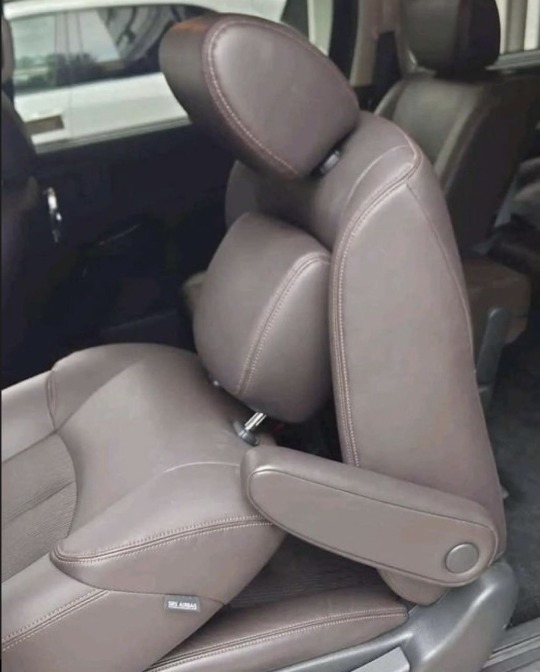
135 notes
·
View notes
Text
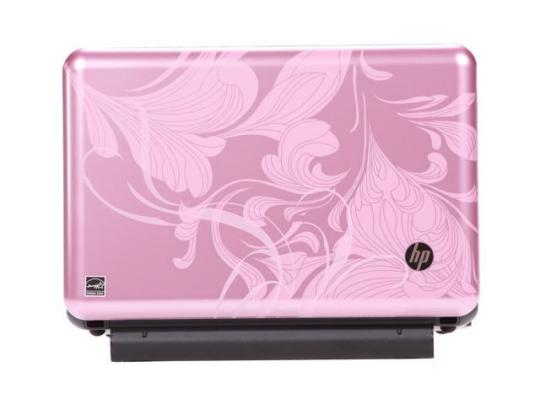



HP Mini 110
#art#computer#design#floral metro#frutiger aero#frutiger metro#gif#graphic design#graphics#hp#hp mini 110#illustration#laptop#photography#pink#tech#technology#vectorbloom
116 notes
·
View notes
Text


#sunset#sunrise#italy#photography#ai art#ai generated#rose#pink#purple#home#landscape#beautiful#beautiful photos#retro#cottagecore#art#sun#outdoor#yellow#nature#trees#ai image#technology#digitalart#vintage#france
61 notes
·
View notes
Text






james albin on yt | source
#talos gifs#stim gifs#stim#tech stim#technology#techcore#wires#hands free#circuit boards#robot stim#robotkin#multicolored#black#gray#metallic#blue#green#teal#purple#yellow#gif ids#id in alt#satisfying
82 notes
·
View notes
Text
#lorena garcia#carmen sandiego#ducktales#sissy domination#art tutorial#danger days#gigolas#cupcake#yoongi icons#slutty thoughts#renjun#technology
124 notes
·
View notes
Text
8 minutes of what I consider to be a prime example of unrestricted warfare. Everytime I hear about algorithms and AI , I remember the good old Inslaw affair with PROMIS...
57 notes
·
View notes
Text

#photo by danny choo#tech#techcore#technology#kidcore#aesthetic#y2k aesthetic#y2k#nostalgia#childhood#video games#nintendo#2000s#2000s aesthetic#2000s kids#art#bling#decor#decoration#cutecore#coquette#clutter#cluttercore
48 notes
·
View notes
Text


"Cyber Channel" Windows Media Player Skin
#art#cybercore#cyber y2k#design#graphic design#graphics#illustration#kaybug#media player#microsoft#tech#technology#y2kcore#y2k aesthetic#y2k art#y2k core#y2k cyber#y2k design#y2k futurism#y2k graphics#y2k#y2k nostalgia
281 notes
·
View notes
Text

#self#philosophy#cosmos#astronomy#science#social media#universe#wrong hands#john atkinson#webcomic#cosmic perspective#existentialism#technology
35 notes
·
View notes
Text
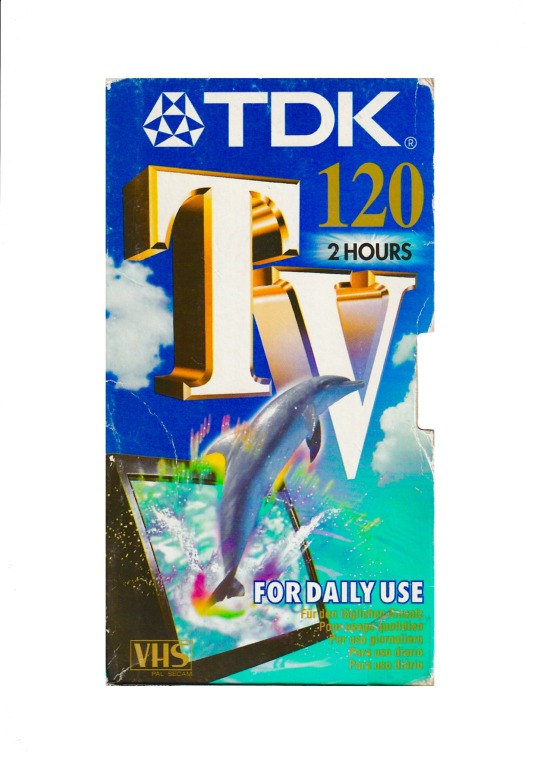

I miss the time when this was peak technology and we all were looking forward to live the future we were promised by this graphics.
#frutiger aero#skeuomorphism#old tech#technology#tech#vhs aesthetic#vhs#vhswave#vaporwave#future#vhs tapes#vhscore#cds#futurewave#nostalgia#nostalgic#nostaligiacore
30 notes
·
View notes
Text


The Economist: ‘Lightbulb’ Campaign (2005)
#the economist#lightbulb#advertising#2005#urban#ads#cool ads#tech#technology#grunge#urbancore#streetcore
46 notes
·
View notes
Text
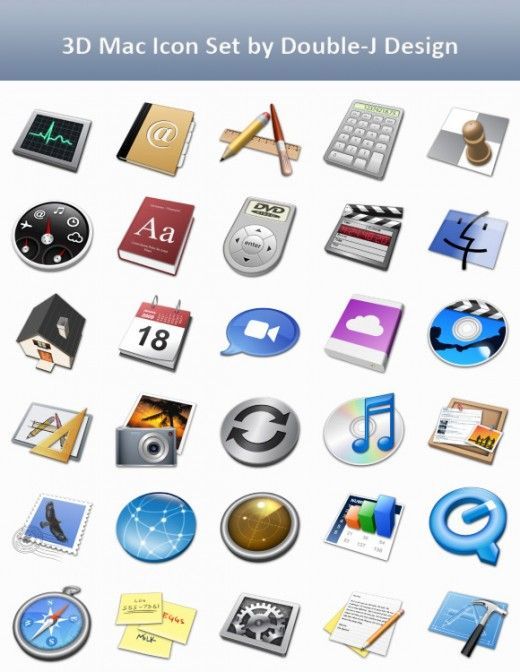
450+ Must Have Apple Icons for Free Download
#apple#art#design#frutiger aero#graphic design#graphics#icons#mac os#skeuomorphic#ske#skeuomorphism#tech#technology#vector
42 notes
·
View notes